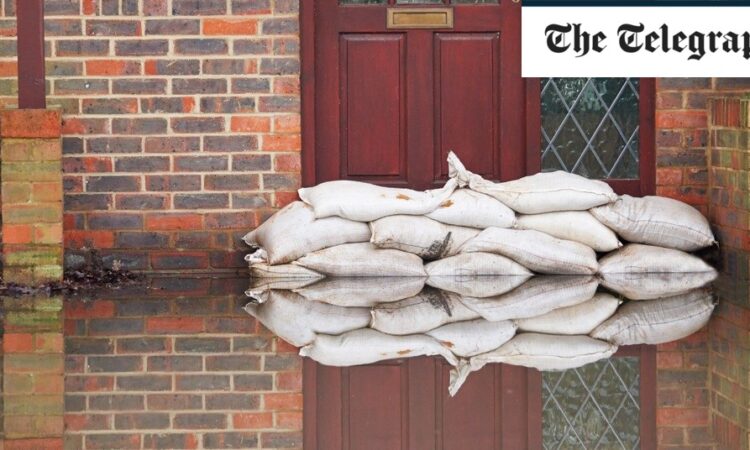
Remember that the burden of proof for a loss falls to the customer – so if, for instance, your sofa has been ruined by the flood and you want to make a claim for a replacement, you’ll have to prove the sofa existed in the first place.
However, Adam Holland, head of product, AXA UK, adds that the circumstances of your claim – particularly flooding – will be taken into account, as sometimes it isn’t always possible to gather the necessary documents and evidence.
You’ll also need to understand what different insurance policies cover. While your buildings insurance will likely cover drying out and restoring a house, it will not necessarily pay out under the policy for damage to your belongings.
This needs to be covered by contents insurance. A buildings policy might, however, pay for storage if items need to be removed from your property.
In the first instance, if your home is no longer habitable your buildings insurance should cover the cost of emergency accommodation. But it is important to speak to your insurance company and establish what your need is and agree on suitable alternative accommodation, or else there is a risk they won’t pay out.
Mr Holland said that for policies only covering building insurance AXA offers emergency accommodation that takes effect if the customer has been advised to vacate the property by a statutory or local authority following damage to a neighbouring property; or a safety risk because of potential damage to the home.
For policies covering both building and contents insurance, alternative accommodation is usually provided which also covers emergency accommodation if you need to leave the property at short notice.
However, cover does vary between providers so it is worth checking the details of your policy.
Furthermore, if you have pets who can’t stay with you at the emergency accommodation, some policies may cover the cost of kennels, according to Compare the Market.
Making a claim for flooding damage
When it comes to making a claim and resolving a claim, what you get and the time the process takes will depend on the extent of the damage. The average cost for flooding damage is around £40,000 according to Mohammad Khan, general insurance leader at PwC.
If your home is in a flooding risk area it is worth asking your insurer whether they are part of the Build Back Better Scheme. This enables insurers to pay out for costs over and above the damage in order to better protect your home against future events.
Make sure you keep all receipts from expenditure related to the flooding, such as emergency accommodation, so you have everything ready for the claim. If possible, take photos of the property damage and mark out the maximum height of the floodwaters on the wall.
If you have an inventory, cross reference it against what is damaged so you have a clear picture of the full claim and repairs that will need to be carried out.
You will have to arrange for a loss adjuster to come round and assess the damage, too.
Some insurance companies use third parties for this work. If you disagree with the loss adjuster’s assessment you can negotiate, but make sure you have evidence of why you think they are wrong – such as getting your own quotes for cost estimations.
After this, your insurer should advise you on the next steps. If you get their agreement, and you can do so safely, you should start the clean up process. Some tasks may need a professional, so keep hold of the receipts to pass on to your insurance company.
It is worth mentioning that your insurer may have a specific definition of storm that needs to be met in order to pay out for certain damage.
Depending on the reasons behind the flood, some insurers will only pay out if it meets their definition required to pay out for certain damage.
For example, if you’re making a claim for storm damage, some providers – including AXA, Ageas and Direct Line – use the ABI’s definition of a storm, which includes wind speeds with gusts of at least 48 knots (55mph) or torrential rainfall at a rate of at least 25mm per hour.
Once a settlement has been agreed, your insurer will issue a pay out and you can use the money to begin repairs.
